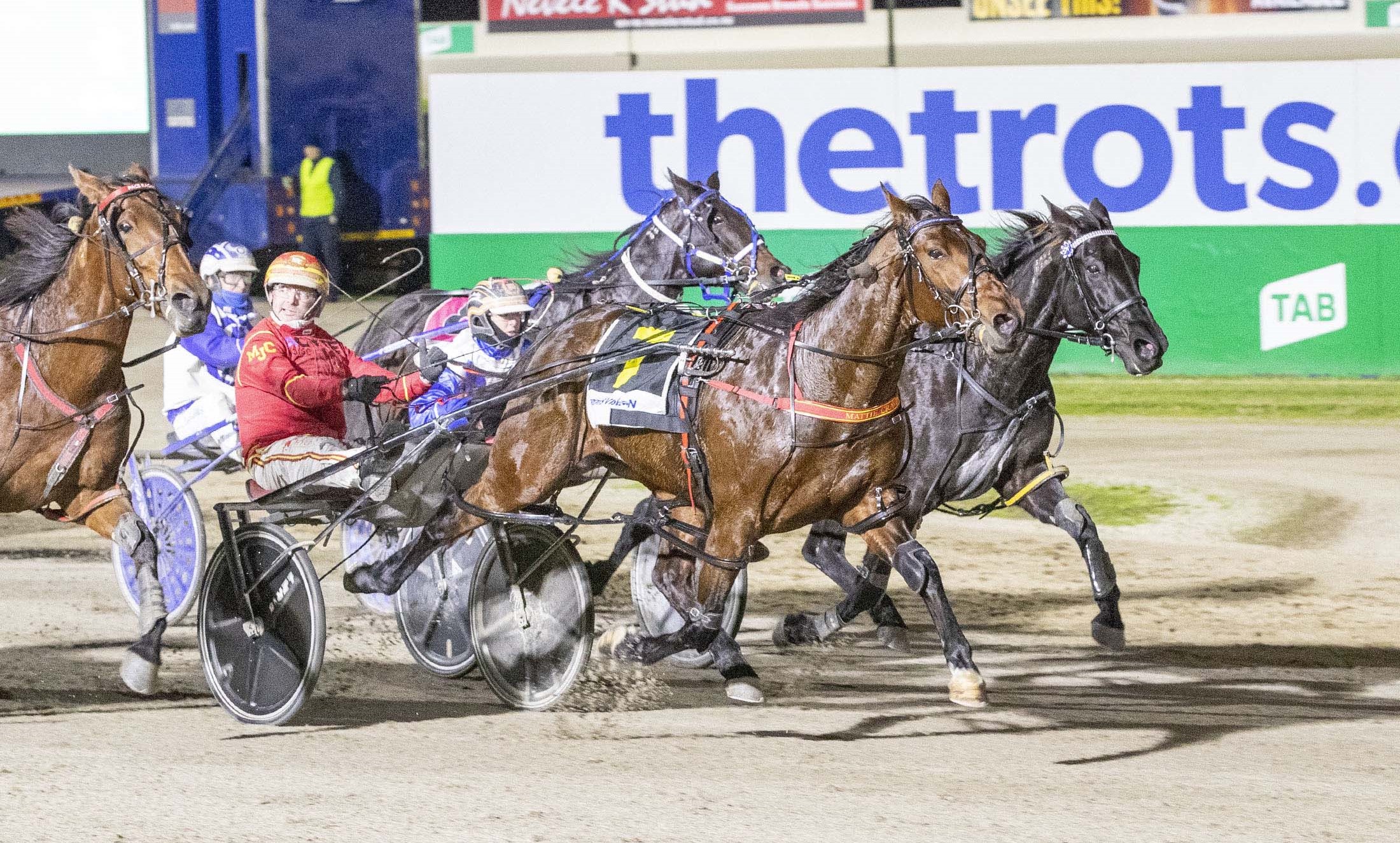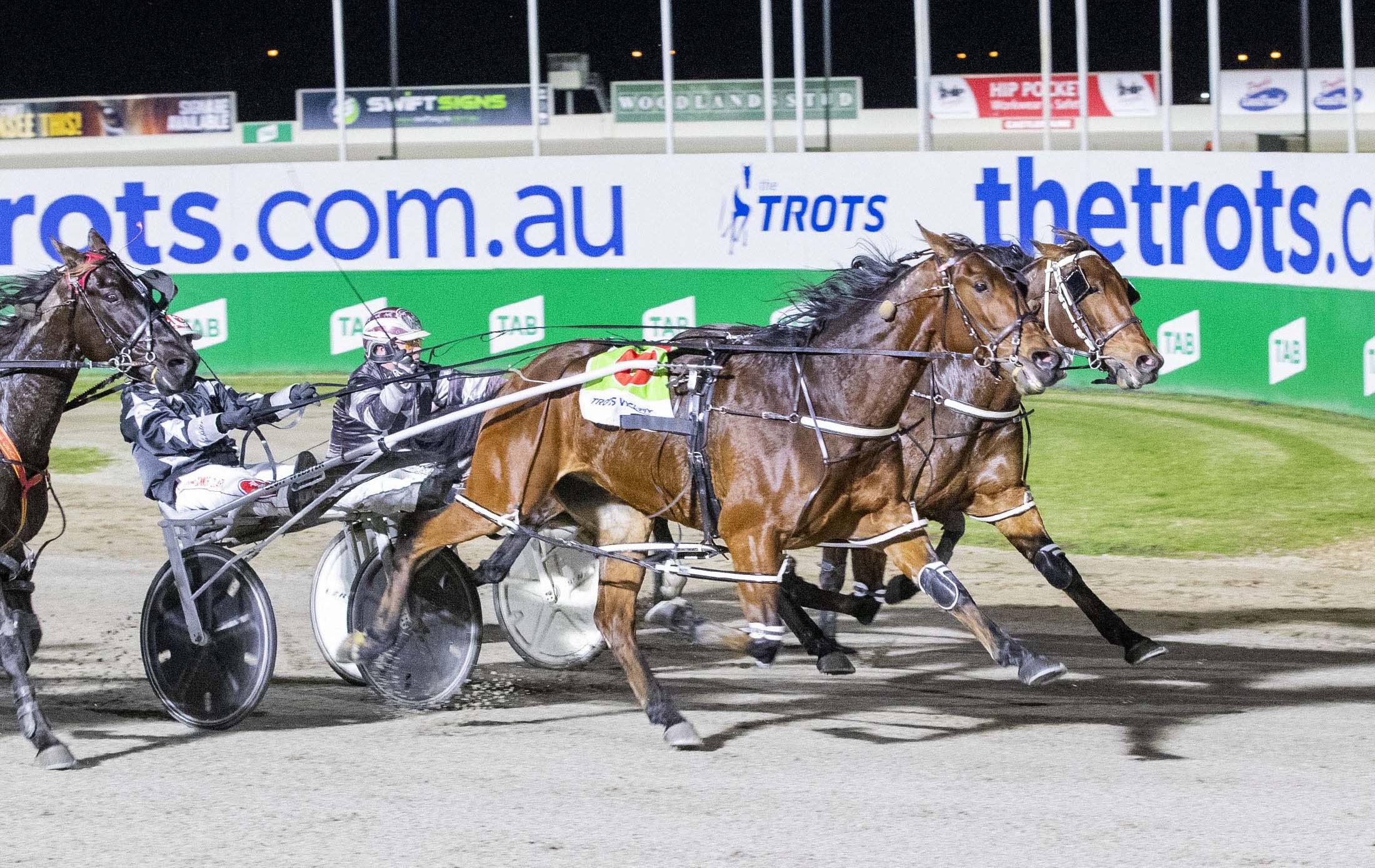 Everyone knows, via TAC’s long-term awareness campaign, that speed kills.
Everyone knows, via TAC’s long-term awareness campaign, that speed kills.
And, when it comes to road travel, nothing could be more accurate.
In harness racing, however, the opposite is equally true. At least it is for those that find themselves midfield or beyond in races with limited or almost non-existent tempo, particularly at metropolitan level.
In recent weeks at Melton Park, most contests have been staged at moderate, sometimes maudlin speeds, with leaders and peg-line runners dominating as a result.
Many will argue that Victoria’s metropolitan circuit contributes to this propensity. But it doesn’t.
No more, at least, than any other Australian track barring, perhaps, Menangle which has its own issues courtesy of being so spacious that nobody makes a mid-race move for fear of being exposed.
The truth is all tracks, in all racing codes, lend themselves to leader-dominated results, no more than ever.
Nevertheless, two critical factors exacerbate this issue beyond all others.
The first is just how quickly horses, particularly standardbreds, can run these days in comparison to their predecessors.
The second – and this is the subject at hand today – relates to tempo and tactics.
Never has this been more evident than at Victorian harness headquarters on Saturday night.
Time and time again, across the nine-event card, little or no pressure was applied once the early burn receded and the race structure settled.
This is not the fault of drivers cruising out in front.
Their obligation, their primary obligation, is to ensure their charges secure the softest possible journey in pursuit of victory.
 That is, after all, the name of the game: winning.
That is, after all, the name of the game: winning.
In many ways, it’s also unfair to isolate or apportion blame anywhere else.
Why, unless you’re piloting a natural “breeze” horse, would anyone sacrifice themselves for the benefit of others?
It’s a conundrum without a solution. At least not an obvious one.
Nevertheless, there’s something amiss when Saturday night’s open class contest, the Bold David Free For All, is staged in the pedestrian mile rate of 1:58.3 with a 32.6sec first quarter of the final mile.
For those without an elite understanding of what those sectionals mean, it means they were walking most of the race.
Even more worrying was the evening’s 1200m race.
In essence, these six-furlong events were inaugurated to foster fireworks and excitement.
Theoretically, the combatants were intended to run with relentless vigor, creating viewer exhilaration via frenetic, spine-tingling tempos.
Saturday night, however, almost every runner restrained at the start. And this despite the quality nature of competitors engaged.
In truth, the tactics employed were no different to your average middle-trip contest which fundamentally negates any advantage such extreme short-course races are intended to bring.
Can we “fix” these issues? Probably not.
Can we challenge them courtesy of bold innovations? Without a doubt in the world.
The opinions expressed in The Forum are those of the author and may not be attributed to or represent policies of Harness Racing Victoria, which is the state authority and owner of thetrots.com.au.